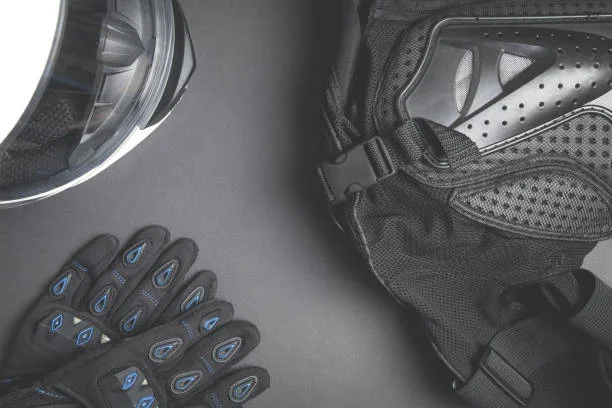Wearing helmets, jackets, gloves, and other protective gear is often the first line of defense for motorcyclists, but its importance extends beyond personal safety. Attorneys providing representation after being hit on your motorcycle explain that proper safety equipment can also influence how insurance companies and courts assess liability, damages, and compensation. Documenting what gear was worn, how it performed, and any resulting injuries is critical in establishing a fair and accurate legal outcome.
Discover more insights like this—check out our related post!
How Protective Gear Impacts Liability Assessments
Liability decisions may be impacted in a number of ways by the use or lack of protective gear. Attorneys advise clients to stress that wearing standard, recommended protective equipment is a responsible decision that should support rather than diminish claims, even though some insurers may contend that not wearing gear contributed to the severity of injuries.
In order to demonstrate that protective gear prevented more serious injuries, attorneys frequently work with accident reconstruction specialists. This strategy aids in refuting claims that the victim’s actions made the harm worse. Legal teams make sure that compensation takes into account both the injury received and the protective measures that minimized potential damage by recording the efficacy of helmets, armored jackets, gloves, and boots.
Documenting Gear and Injuries
For legal representation, accurate documentation of protective gear is essential. Attorneys can use photographs taken right after the accident, witness statements, and repair records of damaged equipment as evidence in court or during negotiations. Additionally, medical records are important because they show how protective gear affected the kind or degree of injuries.
When you are hit on your motorcycle, having the right paperwork makes it easier for the lawyers representing you to show a full picture of what happened. It enables claims to fairly represent the rider’s preventive actions as well as the effects of the collision. This meticulous documentation can strengthen cases, enhance settlements, and guarantee that compensation takes all relevant factors into account.
The Legal Perspective on Safety Gear
Protective gear is part of responsible motorcycling, not an admission of increased risk, as courts and insurance companies are increasingly realizing. Lawyers counsel their clients to emphasize that adhering to safety regulations shows caution and is consistent with legal requirements. By demonstrating that the rider took all appropriate safety measures to reduce harm, protective gear can also refute accusations of careless behavior.
Lawyers may also assess whether injuries were caused by faulty or insufficient equipment. Manufacturers and retailers may share liability in situations where equipment malfunctions despite being used properly, opening up more options for compensation. Developing a comprehensive strategy requires an understanding of the legal interactions between rider responsibility, gear performance, and third-party accountability.
Integrating Gear into the Case Strategy
Information about protective gear is integrated with other evidence, such as witness statements, vehicle inspections, and accident reconstructions, in a successful legal strategy. Lawyers highlight how equipment lessened injuries while also proving that elements outside the rider’s control, like driver carelessness, poor road conditions, or environmental dangers, contributed to the accident’s seriousness.
Attorneys can stop insurers from undervaluing claims because of presumptions about safety equipment by carefully presenting this information. Protective gear that is appropriately contextualized ensures that compensation covers the entire extent of damages while bolstering a client’s credibility and demonstrating responsible behavior.
Why Professional Guidance Matters
Because motorcycle accidents are complicated, knowledge of how protective equipment interacts with the legal and insurance systems is necessary. After being struck on a motorcycle, attorneys who represent clients assist them in navigating claims, making sure that evidence is appropriately preserved, and effectively communicating the function of safety equipment. Their advice guarantees that the functionality or existence of equipment strengthens a case rather than weakens it.
Professional legal assistance also helps riders steer clear of common pitfalls, like underreporting the accident’s circumstances, neglecting damaged equipment, or incorrectly recording injuries. A methodical, comprehensive approach bolsters claims and aids in obtaining just compensation.
Final Thoughts
Protective gear is more than a safety precaution; it plays a crucial role in liability assessment, evidence presentation, and damage evaluation. Attorneys providing representation after being hit on your motorcycle ensure that all aspects of safety equipment use are documented and leveraged effectively in legal proceedings. Proper consideration of gear not only highlights responsible behavior but also supports accurate, fair compensation for injuries sustained in motorcycle accidents.
Don’t miss our spotlight content—read the featured post!






